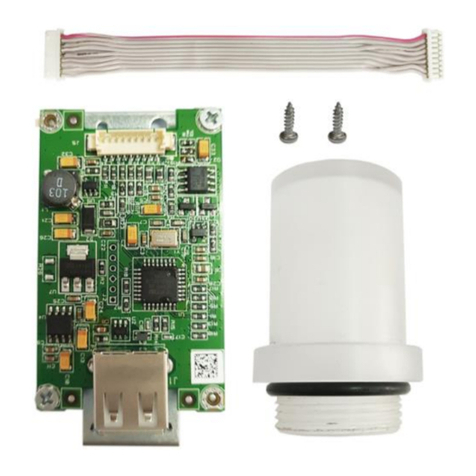OHAUS TD52 User manual
Other OHAUS Measuring Instrument manuals
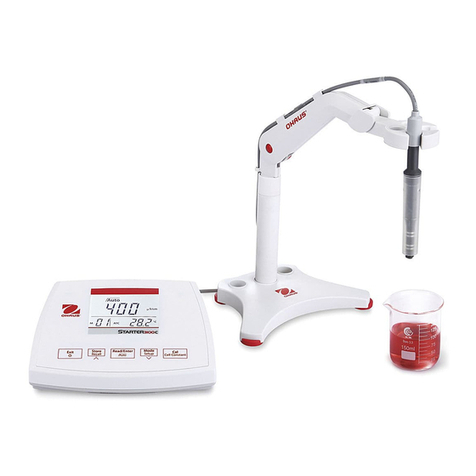
OHAUS
OHAUS STARTER 3100C User manual
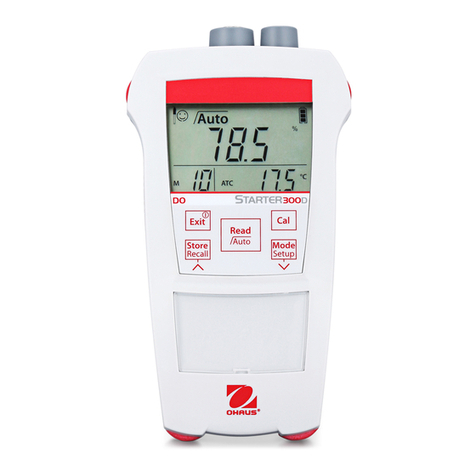
OHAUS
OHAUS ST300D-B User manual
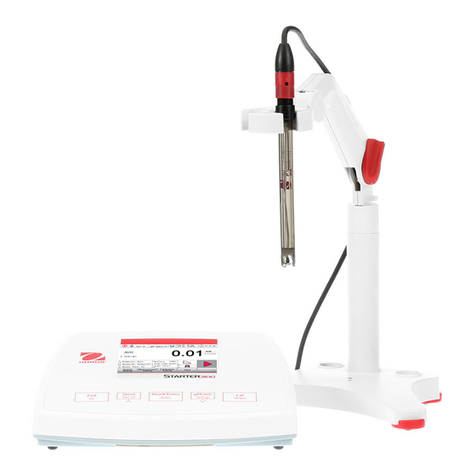
OHAUS
OHAUS starter 3100 User manual

OHAUS
OHAUS ST Series User manual

OHAUS
OHAUS Defender 6000 User manual

OHAUS
OHAUS MB35 User manual

OHAUS
OHAUS a-AB33M1 User manual

OHAUS
OHAUS Defender 3000 User manual

OHAUS
OHAUS STARTER 2100 User manual
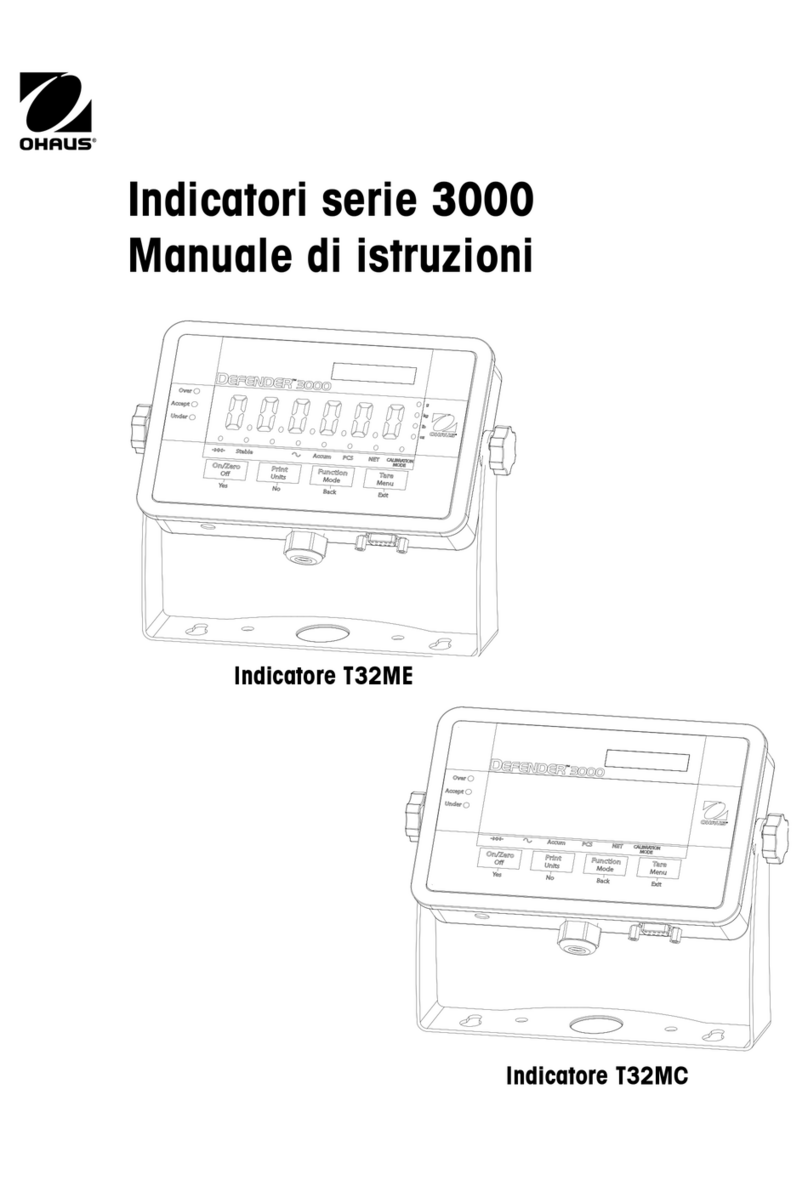
OHAUS
OHAUS Ranger 3000 Series User manual
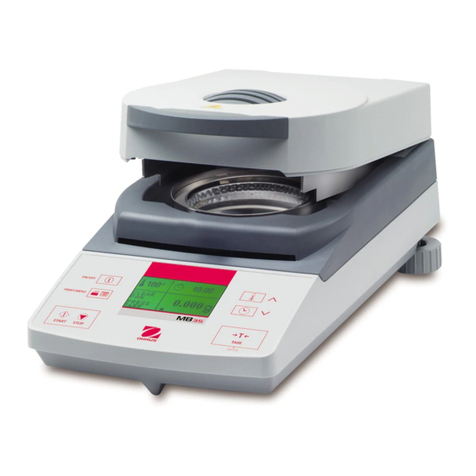
OHAUS
OHAUS MB35 User manual

OHAUS
OHAUS MB90 User manual

OHAUS
OHAUS MB120 User manual

OHAUS
OHAUS ST400 User manual
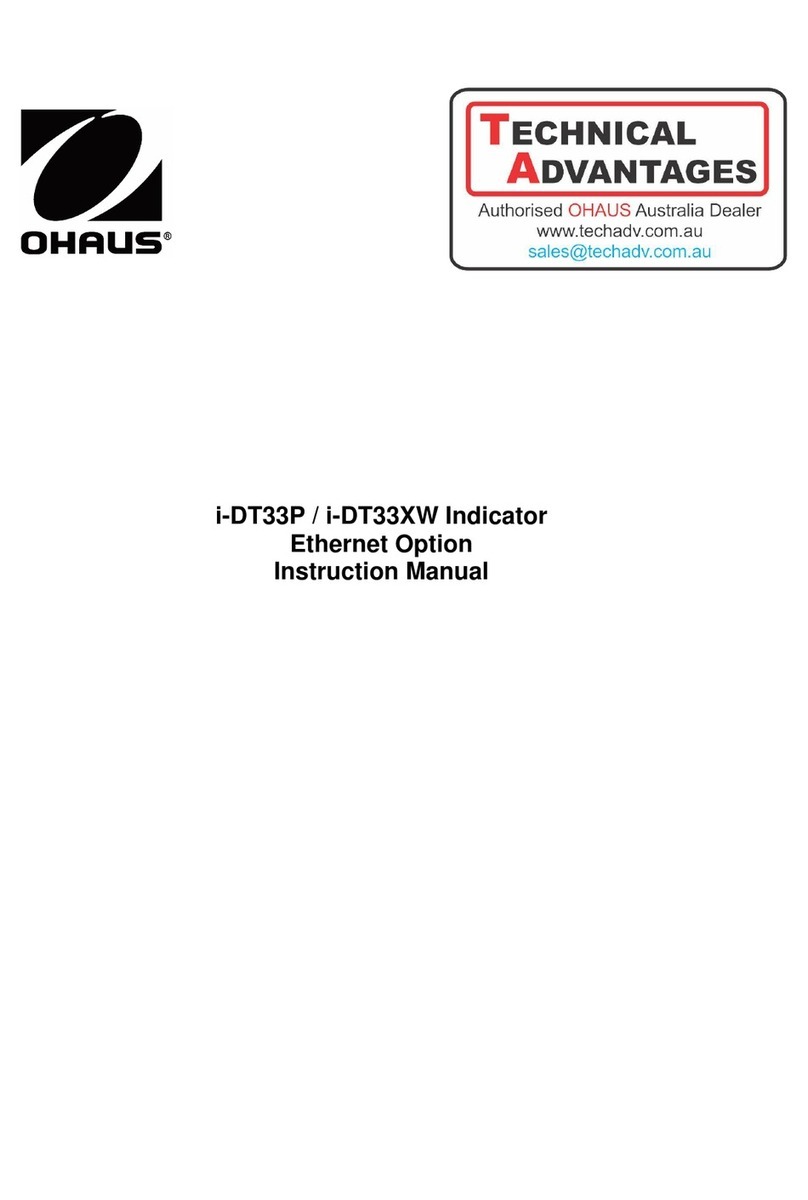
OHAUS
OHAUS i-DT33P User manual

OHAUS
OHAUS CKW Series User manual

OHAUS
OHAUS MB45 User manual

OHAUS
OHAUS Defender 2000 Series User manual
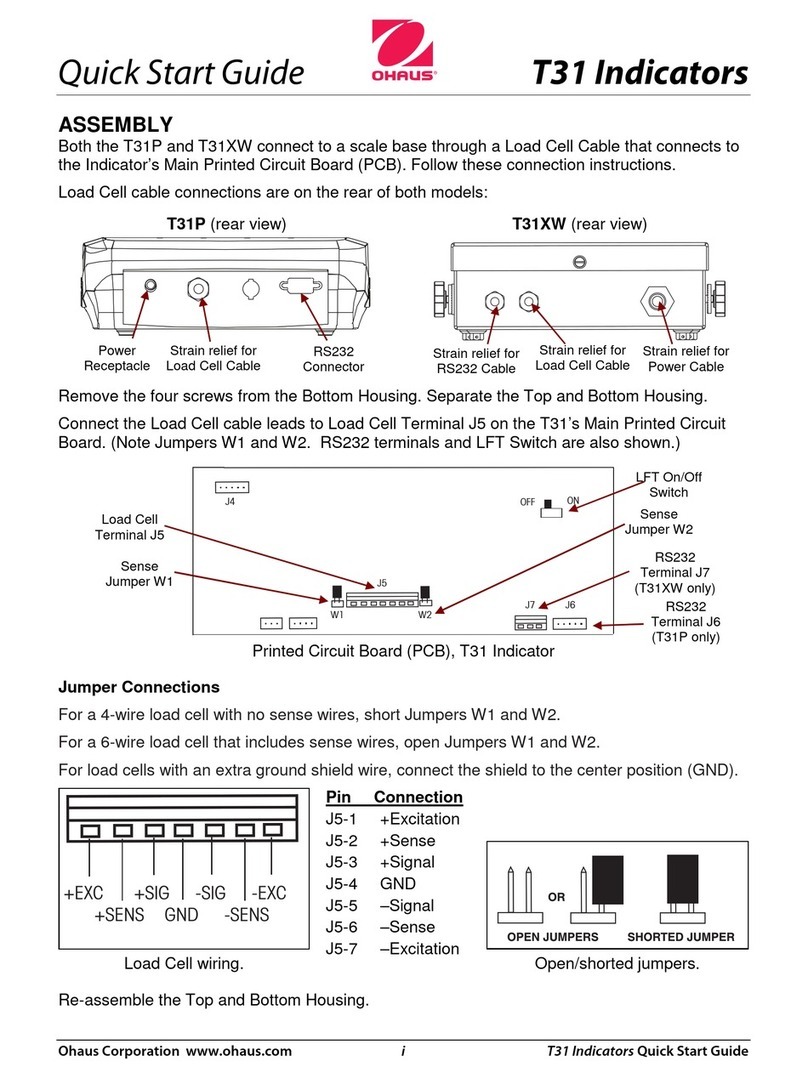
OHAUS
OHAUS T31P User manual

OHAUS
OHAUS ST20M Series User manual

